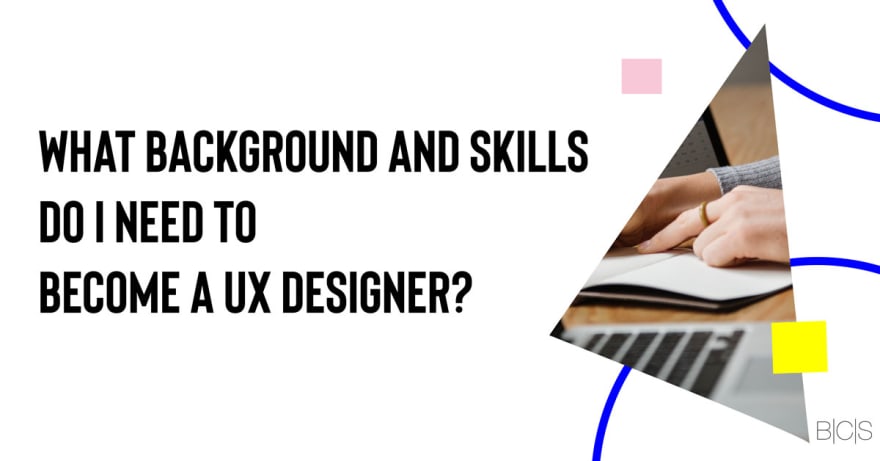User experience design is the process of creating products that provide meaningful and pleasurable experiences to the users. It consists of research, testing, development, content creation, prototyping and testing tasks that bring quality results in a designing process. This variety of activities makes it difficult to understand what exact studies or skills you are expected to have in this role. Do you need some kind of design background? Or at least a vaguely relevant qualification in management?
Actually, anyone can become a User experience designer - regardless of previous experience or current career. In fact, it seems that few UX designers have the same background; Nielsen Norman Group’s study with the responses of 1,015 UX designers is a confirmation of this fact.
In this study, we can see that, "90% of respondents had obtained a university degree" but there wasn’t any in particular that could define the UX field: people were coming from design, psychology, communication, computer science, history, and even chemistry backgrounds.
In the same study, we can see that all UX designers had very diverse job titles. "There’s no single job title to aim for: our respondents had 210 different job titles."
Because not all UX jobs are the same.
Depending on the country, the company size and its culture or simply your boss’ personal ideas the job title and tasks might vary. It is common that a UX designer work as:
- UX/UI designer,
- UX Researcher,
- UX Writer,
- UX and Front End developer,
- Project Manager,
- Product Owner,
- UX Strategist,
- Interaction Designer,
- and many others!
These job titles mainly depend on which background your UX profile had been built. It happens as user experience is utilized in diverse types of projects: e-commerce, consumer apps, appliances, smart products, services and even art & museum experiences.
To understand the type of UX projects that prevail in your area - it is important to research in the job market. Scout job portals to see what kinds of roles are in demand - and the skills and qualities they require.
What unifies all successful UX professionals? Answer is the mentality.
You can’t be a good doctor without empathy and patience or be a Poker player without focus and emotional resilience. The same happens to user experience designers that have several must-have qualities:
- Problem solvers,
- Social,
- Constant learners,
- Analytical,
- Storytellers,
- Good communicators,
- Have attention to details, but see the big picture,
- Empathetic
Feeling identified? What to do now?
Personal traits are very important, but to land a job as a UX designer you need to understand your professional strengths and learn specific skills and techniques to run successful projects.
The skill set of a UX designer includes:
- Creating user stories, personas, sitemaps, wireframes, prototypes, and storyboards based on the previous research;
- Plan and conduct research and formal evaluations;
- Iterate the design based on testing data and qualitative feedback;
- Apply interaction design principles and information architecture;
- Know to use industry tools: Sketch, InVision, Adobe InDesign, Photoshop, Zeplin, Marvel and learn many others that come out into the market every day;
- Understand the basics of programming
As you can see, in UX design where there’s so much to learn and take in, the idea of going from a complete novice to professional only by yourself seems impossible. Here at Barcelona Code School, we prepare intensive UX/UI Bootcamps where you can learn all the skills and tools mentioned above with hands-on practices. The course is meant for individuals with and without prior experience, looking to break into the UX Design industry. And with motivation and right mentors, everything is possible!








Top comments (0)